
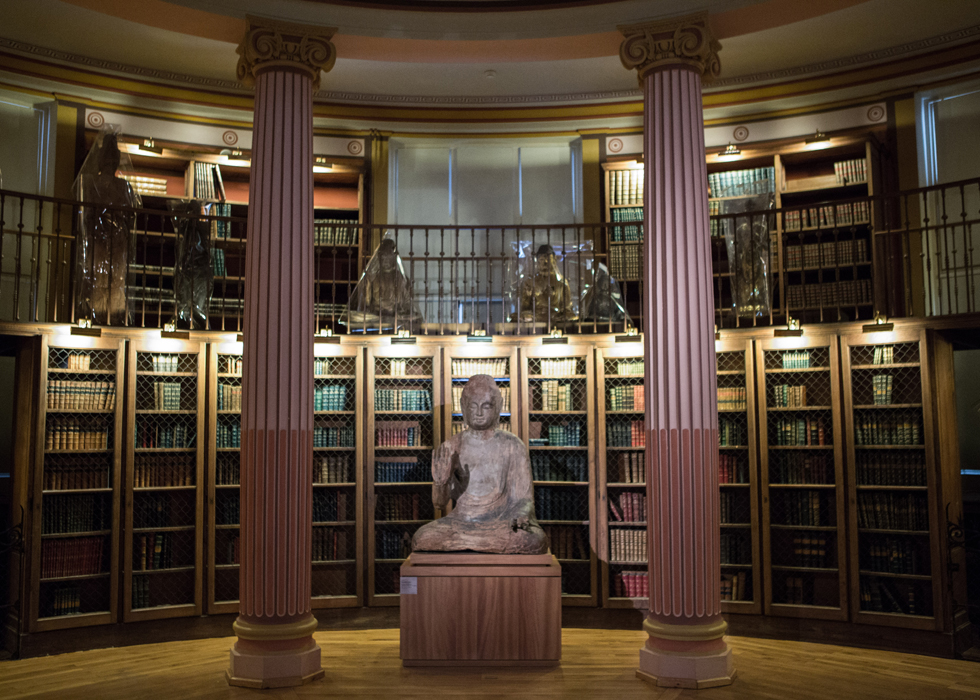
Category: Museum
Address: 6 place d'Iéna, 75116 Paris (metro line 9 Iena station)
Opening hours: 10h00 - 18h00 / closed on Tuesday (closed on 1st May, 25th December, January 1st)
Tickets: permanent exhibition only 7, 50 € (under 25 years old 5,50 €) / permanent + special exhibition 9,50 € (under 26 years old € 7)
Free under the age of 18, free on the first Sunday of the month
※ Do not forget to prepare your identification card (passport, international student card etc)!
Website: http://www.guimet.fr/en/home
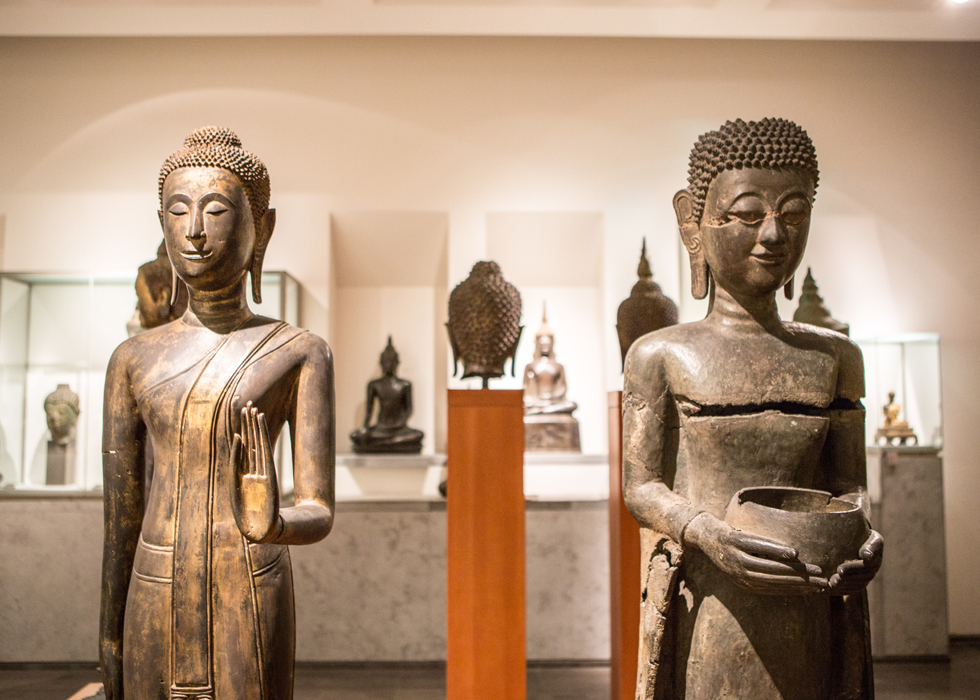
The Guimet Museum is an art museum located at 6, place d'Iéna in the 16th arrondissement of Paris, France. It has one of the largest collections abroad of Asian art.
.jpg)
Founded by Émile Étienne Guimet, an industrialist, the museum first opened at Lyon in 1879 but was later transferred to Paris, opening in the place d'Iéna in 1889. In 1876, Guimet, a truely devoted traveler, was commissioned by the minister of public instruction to study the religions of the Far East, and the museum contains many of the fruits of this expedition, including a fine collection of Chinese and Japanese porcelain and many objects relating not merely to the religions of the East but also to those of ancient Egypt, Greece, and Rome. One of its wings, the Panthéon Bouddhique, displays religious artworks.
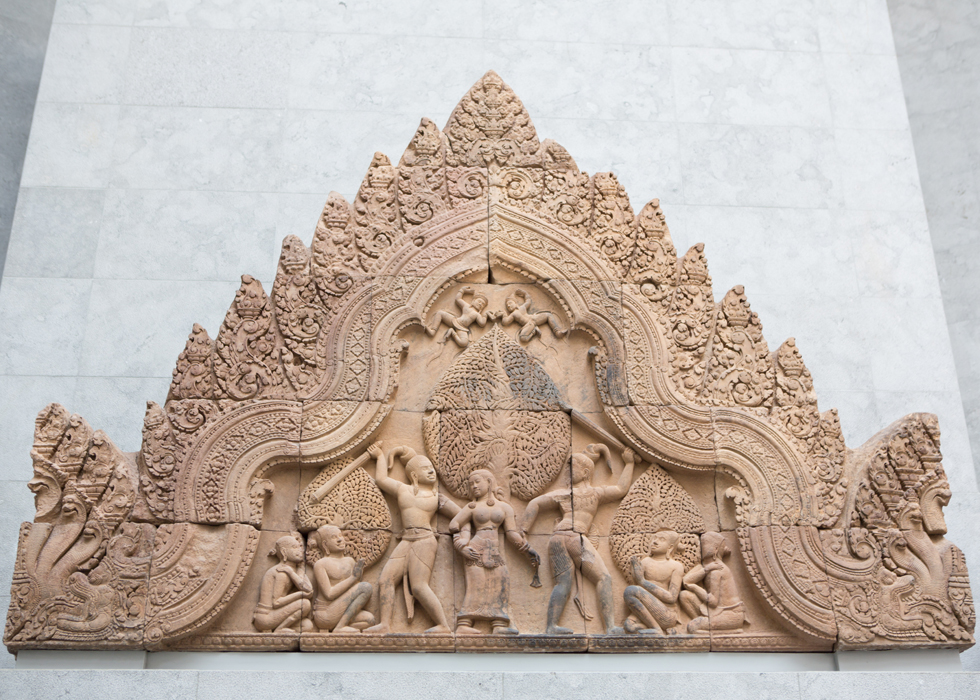
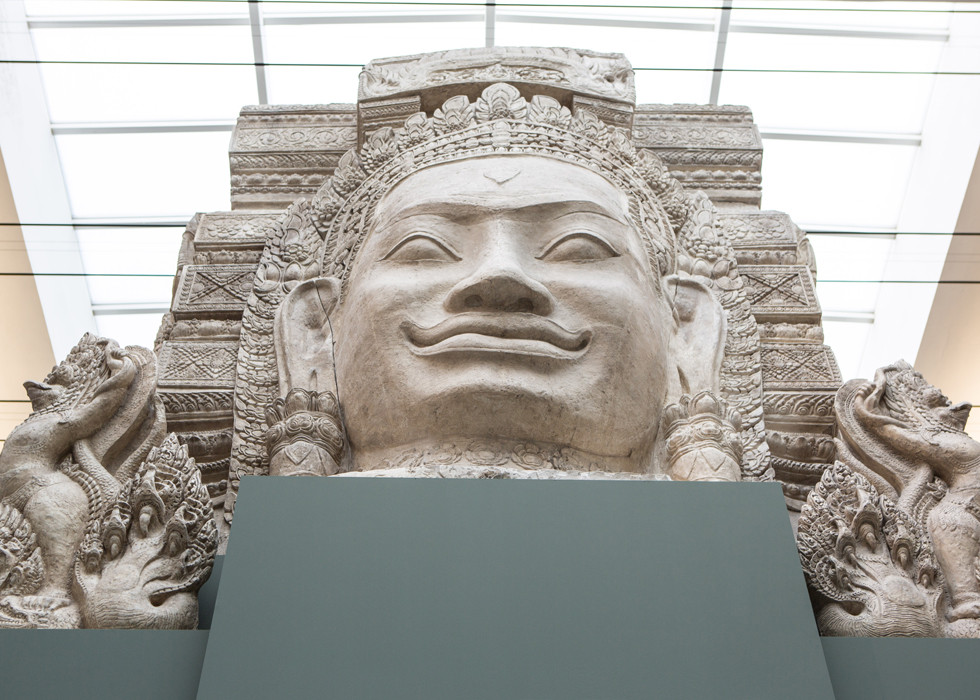
You can see Khmer sculpture where Cambodia's Angkor artifacts are particularly fulfilling and the state of preservation is commendable.
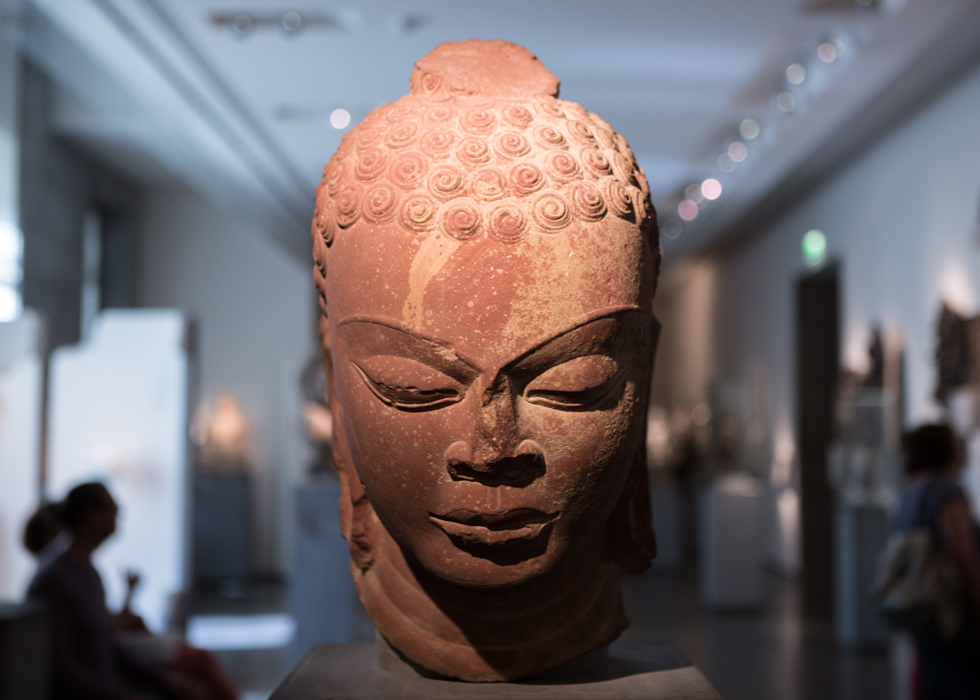
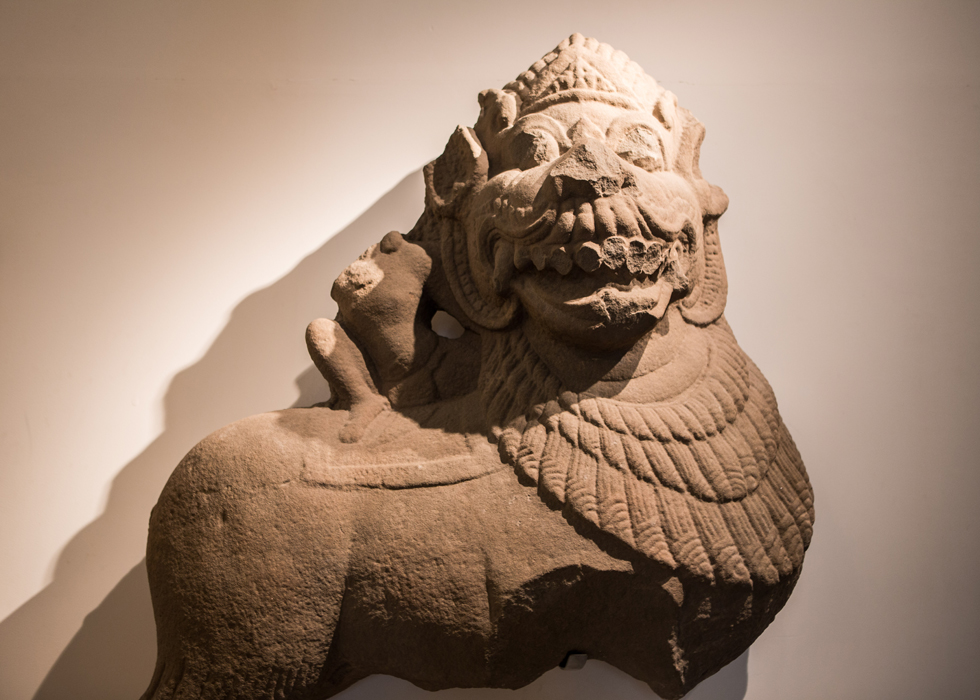
Some of the museum's artifacts were collected from Southeast Asia by French authorities during the colonial period.
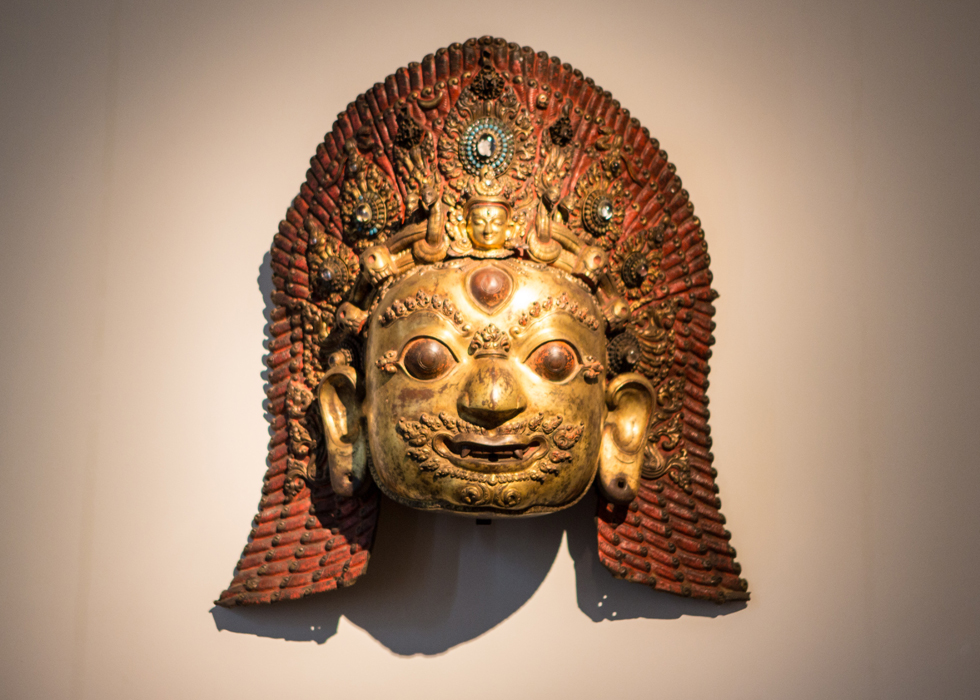
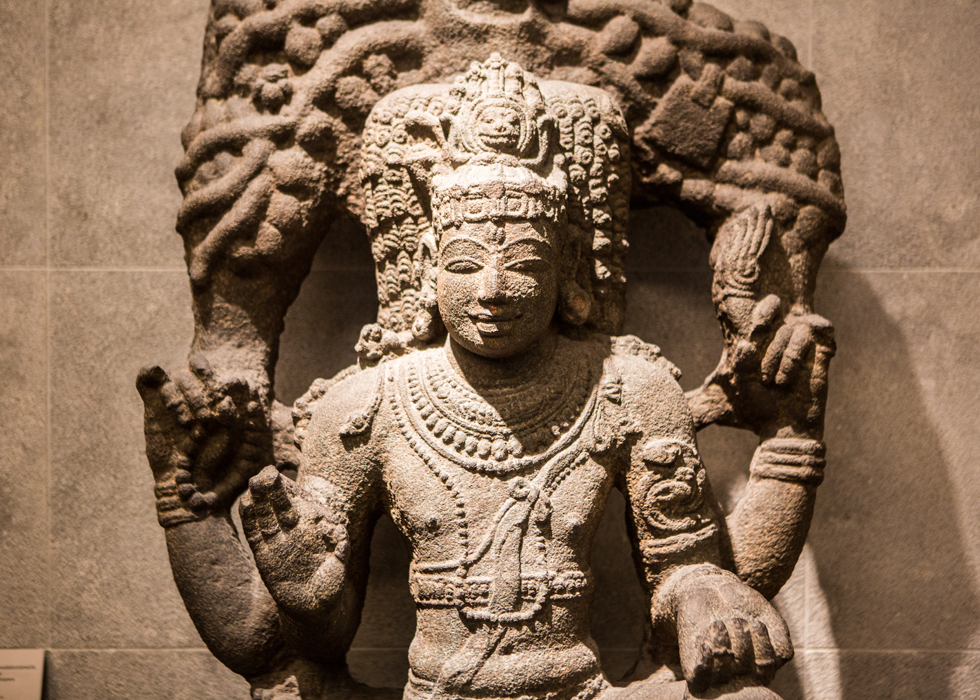
Even in the same Buddhist art, the image of the expression, shape, and statue's differs from country to country.
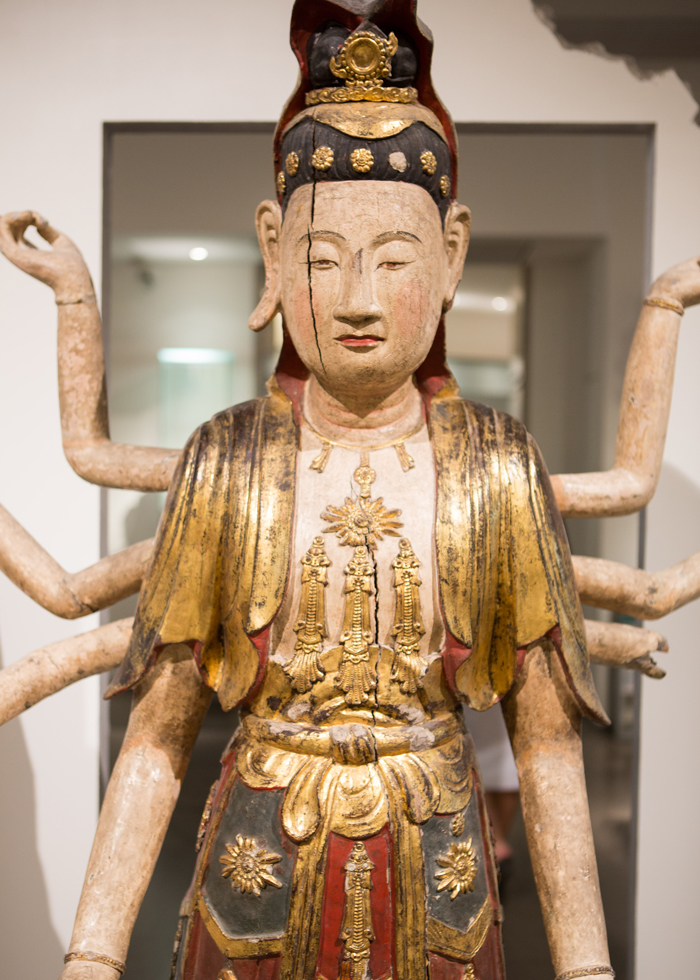
At that time, India, Thailand, and Cambodia all believed in "Buddhism", but there is a clear difference between Buddhist art in India, the founder of Buddhism and other countries in the surrounding area. New meanings and interpretations are added while going through several countries, regional characteristics are reflected. You will notice a difference in the appearance of the Buddha statues just by the material that was used, varying from mud, stone, bronze, and wood.
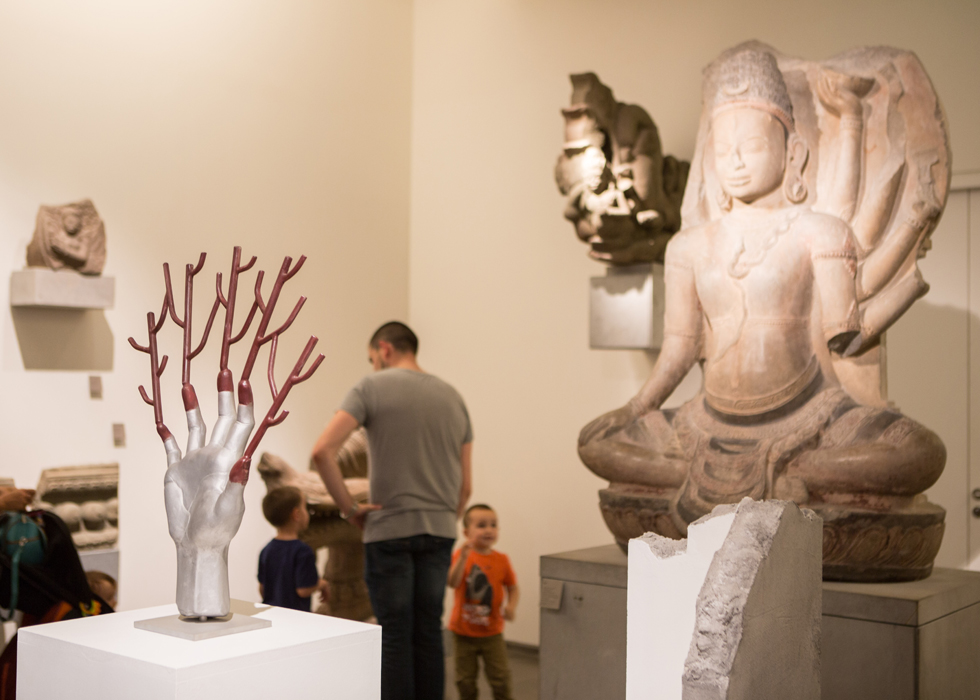
Contemporary art in the form of gypsum work was also exhibited.
Plenty of books are displayed in the Gimme study on the first floor
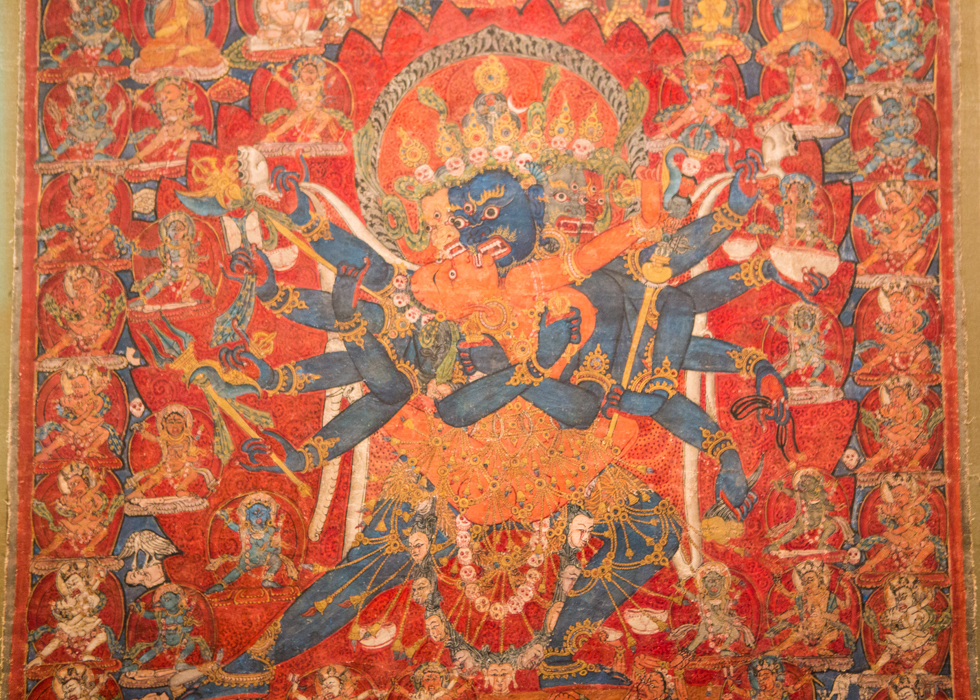
.jpg)
The Indian Section would leave you mesmerized deepening the quest to know more.
.jpg)
The meaning of Buddha's hand changes according to its shape. This is called "Impressionism", which expresses the message of Buddha by its form. For example, the action of drawing a circle gently by putting the thumb and forefinger of both hands together, often seen in a Buddhist image, represents the stability of the mind by the pose when Buddha became enlightened.
.jpg)
The first floor has art from India, Nepal, Tibet, Afghanistan, Pakistan, Himalayas.While the second floor comprises of Japan, Korea & China.
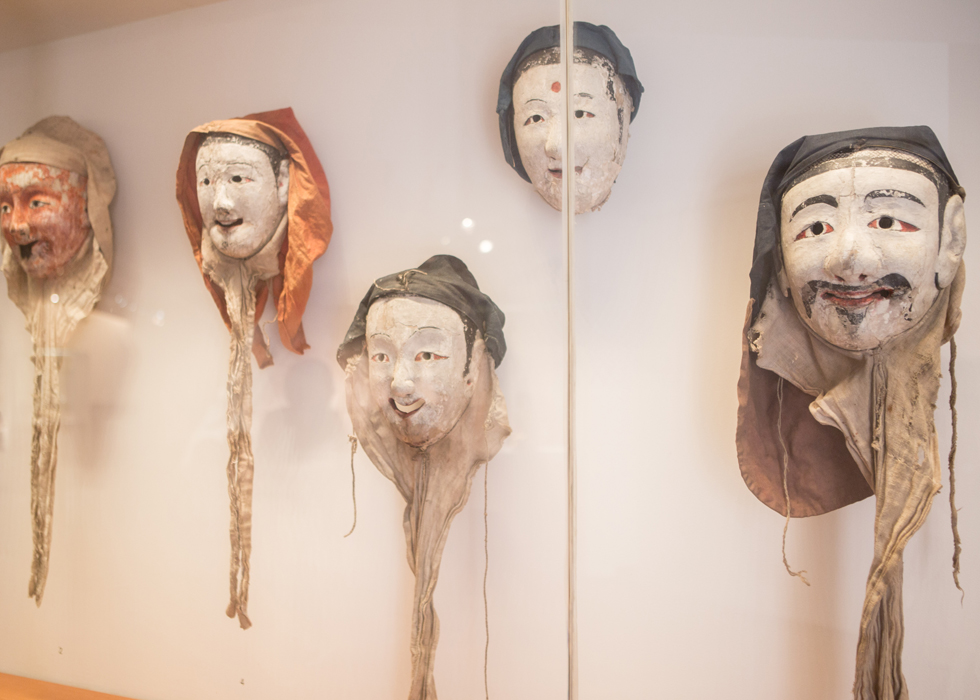
The face Mask from South Korea.
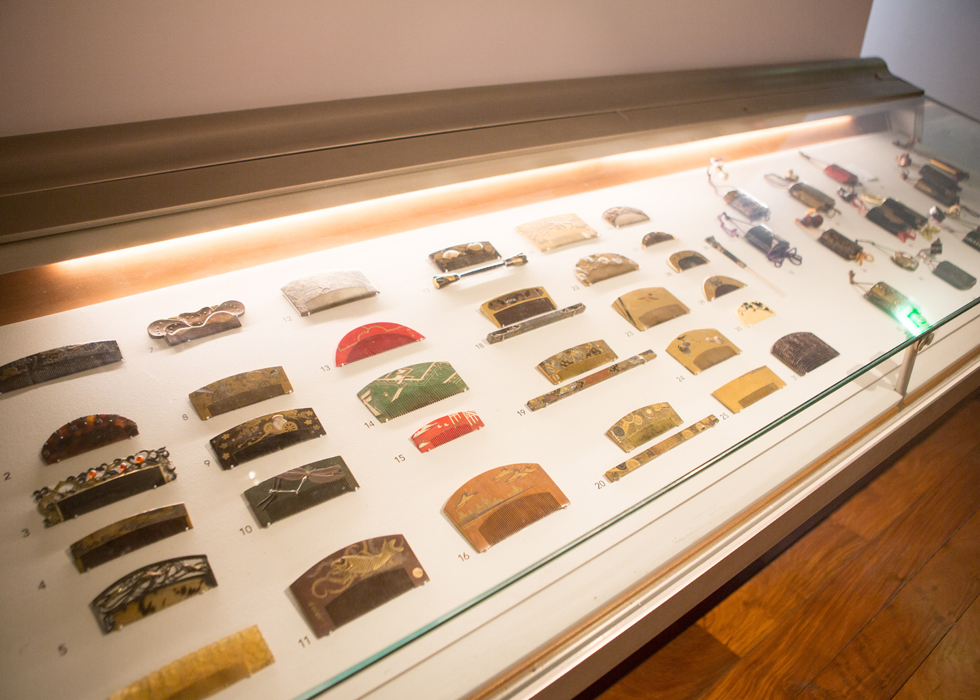
.jpg)
.jpg)
.jpg)
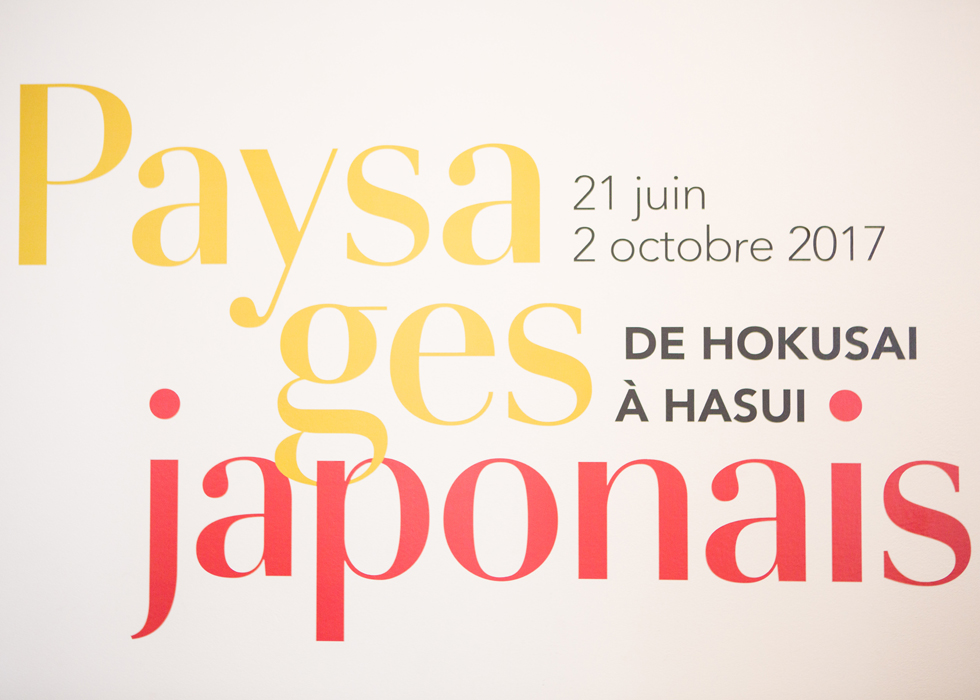
At the Guimet Museum, a special exhibition called Paysages Japonais is being held from June 21, 2017, to October 2, 2017.
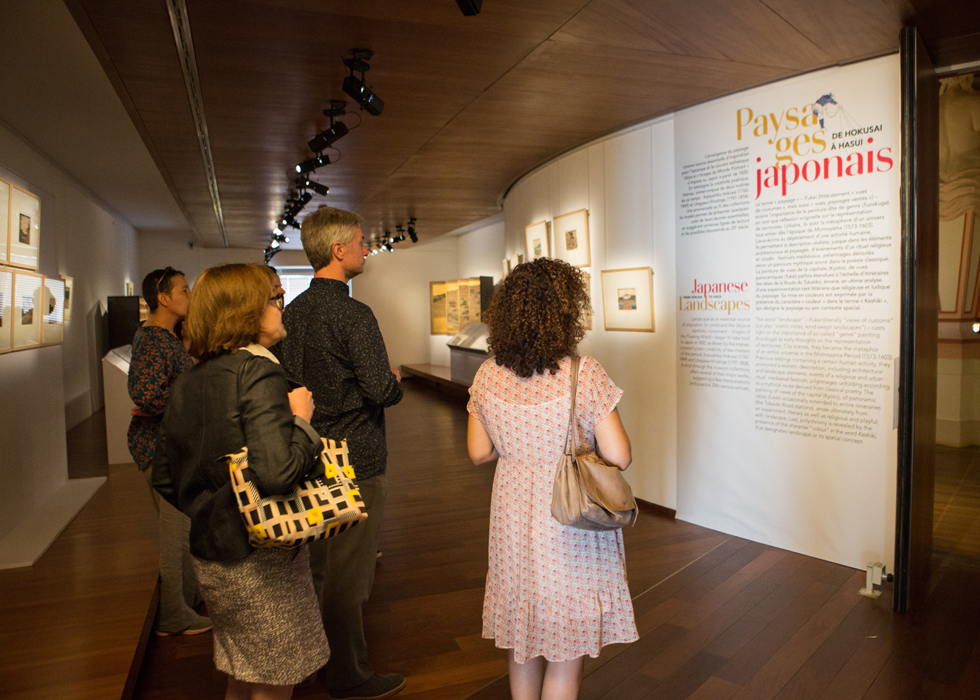
"Paysages Japonais" means "landscape of Japan", It exhibits Japanese paintings "Ukiyo-e".
Ukiyo-e is a woodcut print developed in Japan during the Edo period, the word "Ukiyo" has a meaning of "modern style" and "this life", and mainly draws the lives and customs of the common people at the time.
.jpg)
.jpg)
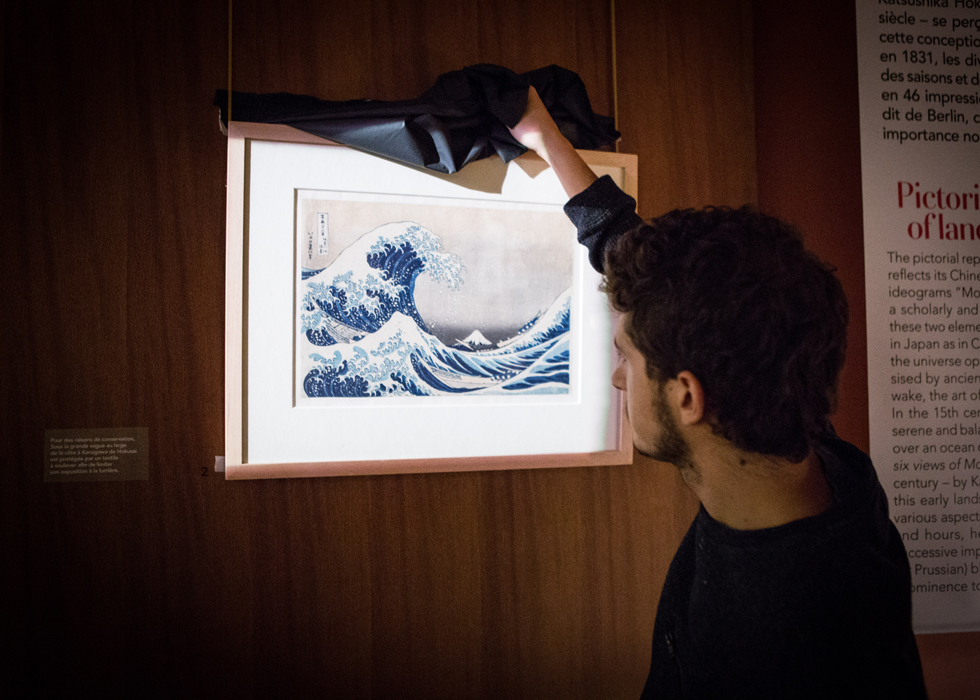
.jpg)
.jpg)
One Hundred Famous Views of Edo is a series of ukiyo-e prints begun and largely completed by the Japanese artist Hiroshige (1797–1858). The prints were first published in serialized form in 1856–59, with Hiroshige II completing the series after Hiroshige's death. It was tremendously popular and much reprinted.
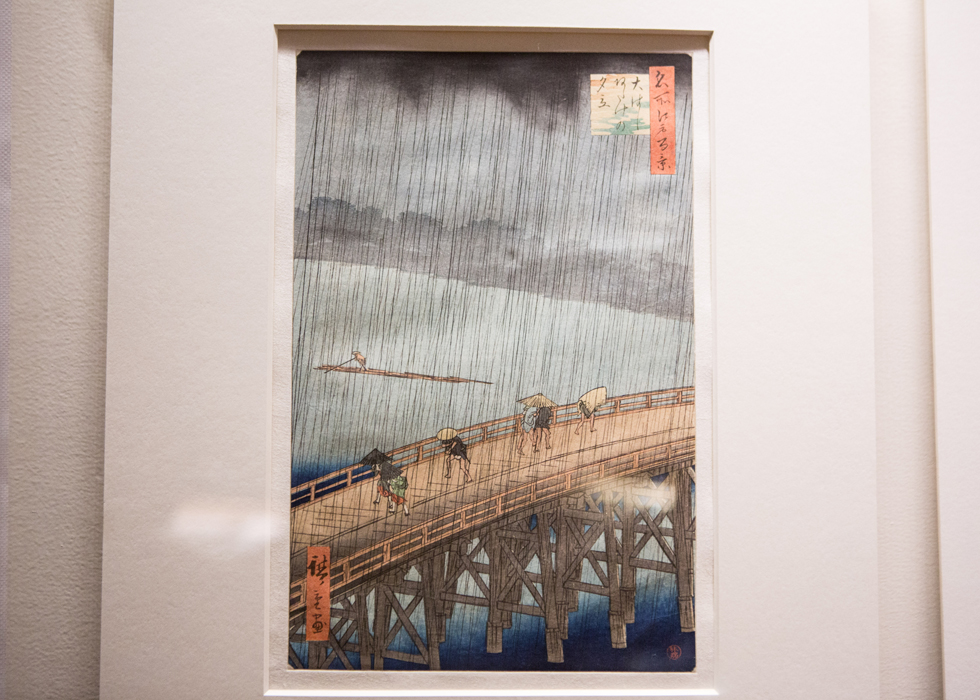
Sudden Shower over Shin-Ōhashi bridge and Atake is considered to be a masterpiece and possibly Hiroshige's most famous work; copied by Vincent van Gogh.
.jpg)
In addition, various exhibitions, guides, movie screenings, concerts, spectacles, workshops, and lectures are held from time to time. A Japanese garden and a tea room are also accessible! You can also enjoy delicious Asian cuisine in the underground restaurant.
Take a look at the Map -O'Bon Paris Map